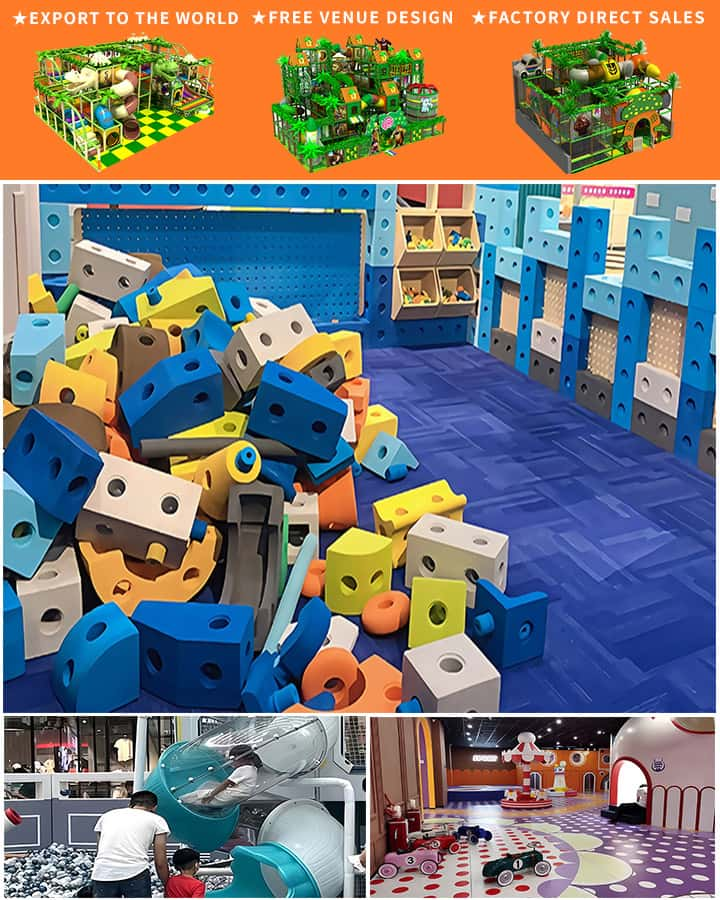In recent years, indoor climbing frames have surged in popularity as an innovative and engaging form of exercise and entertainment. Whether you are looking for a fun family activity, a new workout regimen, or simply a way to bring the adventure inside, indoor climbing frames offer something for everyone. This guide will cover what indoor climbing frames are, their benefits, various types available, safety tips, and how to integrate them into your routine.
What Are Indoor Climbing Frames?
Indoor climbing frames are structures designed to simulate rock climbing experiences within the comfort of an indoor environment. They typically feature walls made of plywood or other materials, equipped with grips and footholds of varying shapes, sizes, and difficulty levels. These climbing frames can be free-standing or wall-mounted and range from small, simple models suitable for children to more complex systems designed for adult enthusiasts.
Benefits of Indoor Climbing Frames
Physical Fitness
One of the primary benefits of indoor climbing is its positive impact on physical fitness. Climbing engages multiple muscle groups, including the arms, shoulders, back, and legs, making it a full-body workout. The activity also enhances cardiovascular health and improves endurance and flexibility.
Mental Health
Climbing is not just a physical exercise; it offers mental benefits as well. It requires focus, problem-solving skills, and strategic thinking. The challenge of navigating a climbing frame can help reduce stress, boost self-esteem, and promote mental clarity. For many, it serves as a meditative experience, helping to clear the mind and improve overall mental well-being.
Family Bonding
Indoor climbing frames provide an excellent opportunity for family bonding. Parents and children can climb together, encouraging teamwork and communication while having fun. It’s a great way to spend quality time together, away from screens and sedentary activities.
Safety
Compared to outdoor climbing, indoor climbing frames offer a safer environment. They are typically located in controlled settings where the risk of weather-related accidents is eliminated. Additionally, indoor climbing facilities often have trained staff who can offer guidance and ensure safety protocols are followed.
Types of Indoor Climbing Frames

Beginner Frames
These are ideal for children or novice climbers. They usually feature larger grips and footholds, making them easier to navigate. Beginner frames often come with built-in safety features like padded landing areas.
Intermediate Frames
Suitable for more experienced climbers, these frames offer a mix of easy and challenging routes. They may include overhangs, undercuts, and varied angles to add complexity to the climb.
Advanced Frames
Designed for seasoned climbers, advanced frames mimic real-life rock climbing conditions. They often have very small handholds and footholds, demanding a high level of skill and strength. Some advanced frames even incorporate rotating walls to increase difficulty.
Compact Frames
For those with limited space, compact indoor climbing frames are an excellent option. These smaller versions still provide a good climbing experience and are often foldable or disassemblable for easy storage.
Safety Tips
Proper Warm-Up
Before starting any climb, it’s crucial to do a proper warm-up to prepare your muscles and prevent injuries. Stretching and light cardio exercises can help get your body ready for the activity ahead.
Wear Appropriate Clothing
Climbing demands comfortable and flexible clothing that won’t restrict your movement. Avoid loose garments that could get caught on the climbing frame.
Use Proper Techniques
Whether you’re a beginner or an experienced climber, using proper techniques is essential. Ensure you understand how to position your hands and feet correctly, and always maintain three points of contact (two hands and one foot, or two feet and one hand) for stability.
Supervise Children
If children are involved, they should always be supervised by an adult. Make sure they understand basic climbing rules and safety precautions before allowing them to climb independently.
Check Equipment
Always inspect the climbing frame and equipment before use. Look for any signs of wear and tear, and ensure that all grips and footholds are securely attached.
How to Integrate Indoor Climbing into Your Routine
Set Goals
Whether you aim to improve your climbing skills, enhance physical fitness, or enjoy a new hobby, setting clear goals can help keep you motivated. Start with short-term objectives and gradually move towards long-term achievements.
Create a Schedule
Consistency is key to seeing progress. Allocate specific times during the week dedicated to climbing, ensuring you make it a regular part of your routine. Even dedicating 30 minutes a day can yield significant benefits over time.
Mix It Up
To avoid monotony and target different muscle groups, try varying your climbing routines. Alternate between different types of climbs, routes, and difficulty levels to keep things interesting and challenging.
Join a Community
Joining a climbing community can enhance the experience. Many indoor climbing facilities offer group classes, workshops, and social events where you can meet like-minded individuals, share tips, and stay motivated.
Conclusion
Indoor climbing frames offer a versatile and rewarding experience for people of all ages and fitness levels. From physical fitness and mental health benefits to fostering family bonds and ensuring safety, the advantages are numerous. By understanding the different types of climbing frames, following safety guidelines, and integrating climbing into your routine, you can unlock a world of adventure and wellness right from the comfort of your home or local climbing facility. So why wait? Start climbing today and elevate your life!




